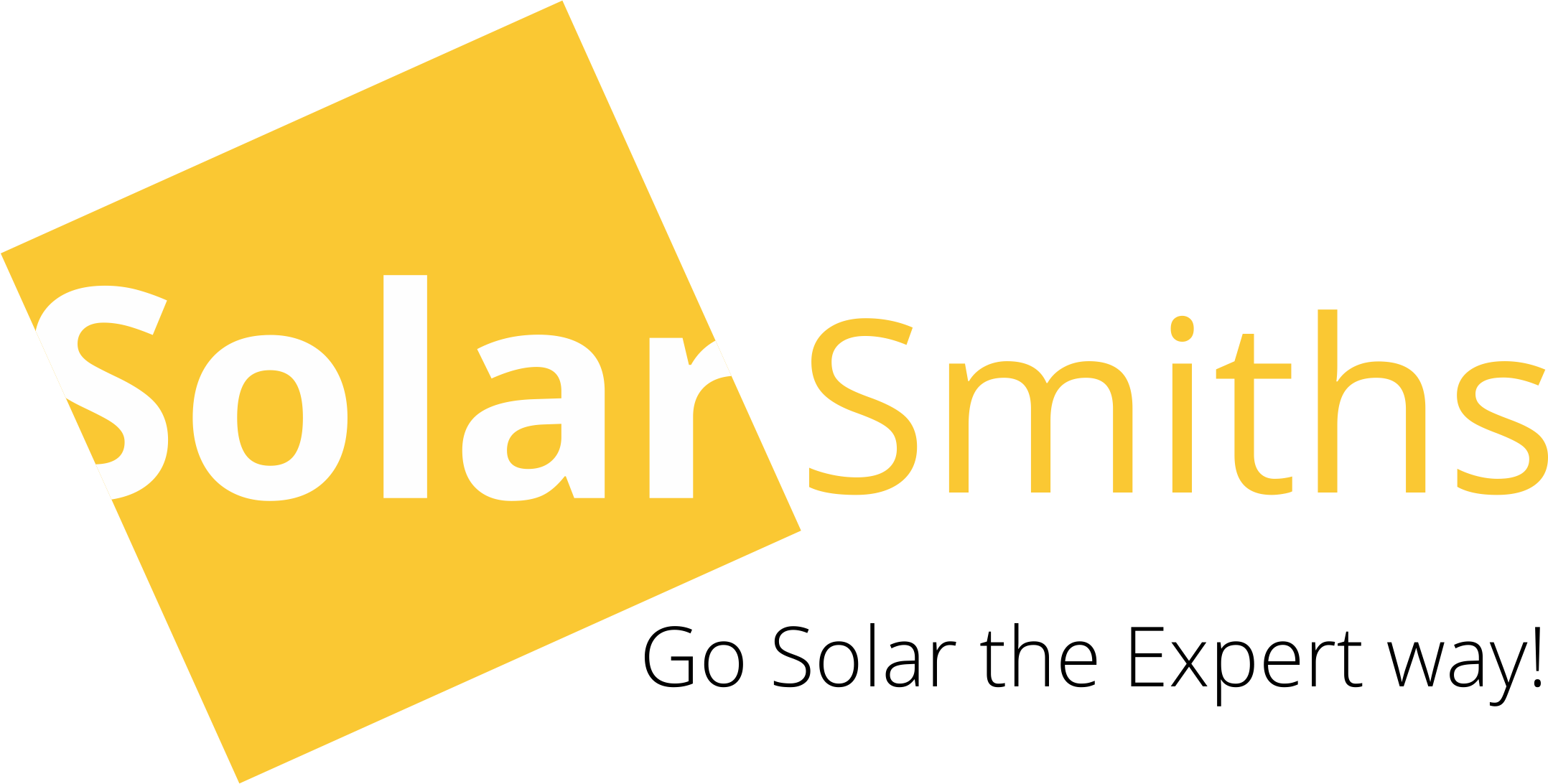The efficiency of solar panels has dramatically increased over the past decade. While with time the cost of solar panels has fallen more than 80% over the last eight years making solar panels a very lucrative investment.
When you plan to buy a Solar Power System, many companies will promise many things about efficiency, savings and long term advantages with different solar technologies.
Many people are unaware of what factors affect the output of Solar Power System. Hence SolarSmiths today is going to take you in-depth about factors that influence solar energy production. Understanding these factors will help you to become a smart buyer who can make correct decisions.
Let’s understand the factors that affect the output of Solar Power System:
1.Weather Change
Lot of us assumes that high temperature leads to high solar panel efficiency, but it is just a myth.
As heat exposure can prematurely degrade solar cells as for daily production, high temperatures lead to a drop in voltage and a drop in overall power.
Solar cells perform better in the cold rather than in hot climates, such as if solar panels are exposed to 25˚C, which can be significantly different from the real outdoor situation.
Hence whatever single temperature rises above 25˚C the solar panel output decays by about 0.25% for amorphous cells and about 0.4-0.5% for crystalline cells.
Thus, in hot summer days, panel temperature can easily reach 70˚C or more where the panels will put out up to 25% less power compared to what they rate for at 25˚C.
Therefore in most of India when the temperature is High about 45 ˚C and high demand for electricity in April/May/June, a 100W panel will produce only 75W.
2.Shading
Shading is same as a clog in the pipe of running water, as it restricts the water in same pipe way solar cell is shaded, when the shadow falls on even a small part of the solar panel the current through the entire string is reduced.
The cells within a panel are mostly connected wired in series, and the shaded cells affect the current flow of the whole solar power system. But in real life, there will befall of shadow some or the other day; hence partial shading should be considered while planning the installation.
If the affected panel is wired in series (in a string) with other panels, then the output of all those panels will be affected by the partial shading of one panel. In such a situation, an obvious solution is to avoid wiring panels in series if possible.
3.Roof Orientation
The positioning of the solar panel must be facing a south direction for those living in the Northern Hemisphere and the sun is always along the southern part of the sky. Hence it is generally the best practice to position solar panels facing south to capture the maximum amount of sunlight overall.
The south-facing solar panels should be tilted between a 30- and 40-degree angle so that behind this angle specificity is to ensure sunlight hits panels at a perpendicular angle, which produces the most energy. An edge along these lines also helps snow to slide off of solar panels more quickly during winter in the northern latitudes.
The angle of inclination of the solar panels should be actively adjusted according to changes in seasons, latitude and longitude and sunshine hours.
4.Cleanliness of Solar Panel Surface
The cleanliness of the solar panel surface is directly connected to photoelectric power conversion. Due to polluted environment, rainfall, snow, dust, sandstorms are few factors can play a role in reducing the efficiency of solar module hence ensure cleaning frequency of the solar panels according to the local labour cost.
In most places, there`s more pollution in the winter; hence spring is the best time to do an annual cleaning. While once solar panels are cleaned once or twice a year they will produce 3.5% and 5.1% more electricity compared to uncleaned.
5.Location
Not all places have the same abundance of annual sunshine. To decide the amount of solar radiation received in your home isolation is a tough job in designing a cost-effective solar array for your usage.
Insolation is identified by elements such as local weather, the time of year, and most importantly, the latitude of your home or company.
Depending upon the season there will be a different climate in different locations; hence your solar panel’s production numbers will be different according to the season remember to consider annual production.
CONCLUSION
We must say that even the best solar panels can have their efficiencies significantly affected by environmental factors though with proper design if the above factors are not considered. We understand your major motive of going solar is to save money on your utility bills.
If this cannot be accomplished to your satisfaction or you are planning to install one looking at its values, and then connect SolarSmiths Today. We are proud of putting great care into delivering quality systems and solar education to all of our customers.



